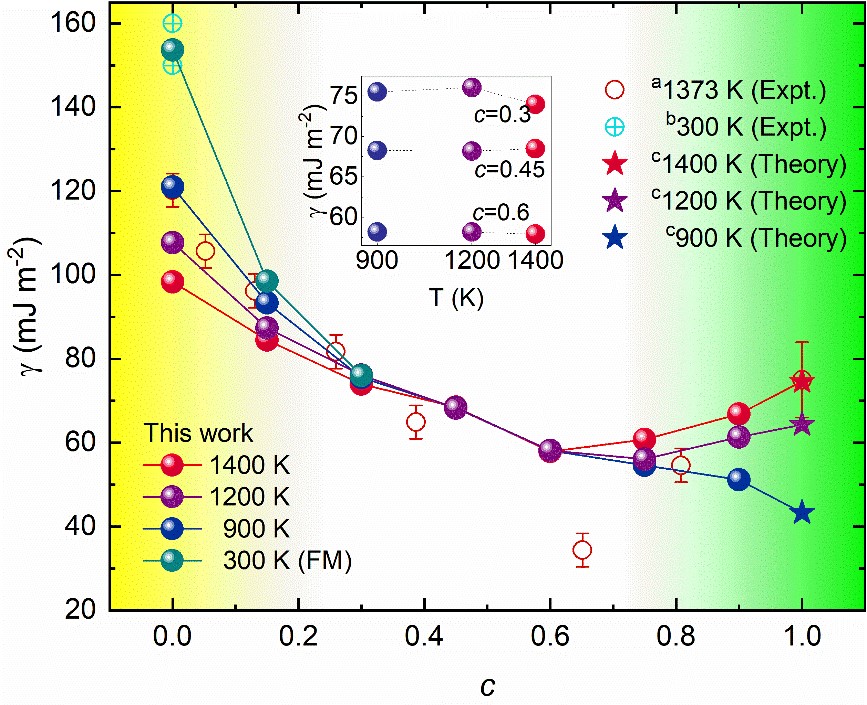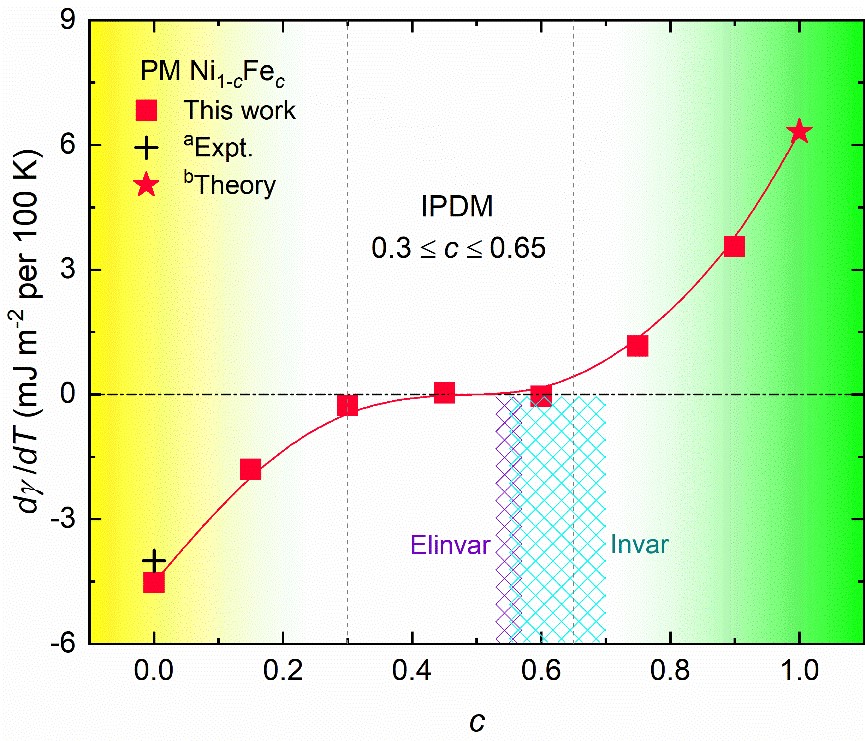Associate Professor Dong Zhihua from the School of Material Science and Engineering of Chongqing University and the National Center for Research of Magnesium Alloy Engineering Technology, in collaboration with the team led by Professor Levente Vitos of the School of Royal Institute of Technology of Sweden, published the research findings under the title “INVARiant plastic deformation mechanism in paramagnetic nickel–iron alloys” in Proceedings of the National Academy of the Sciences of the United States of America. The paper reveals the "INVAR" phenomenon in high-temperature plastic deformation of Ni-Fe alloy and other alloys, which provides a new theoretical basis and approach for the optimal design of high-temperature materials with high performance. Chongqing University is the first organization and first corresponding organization of the paper. Dong Zhihua is the first author and corresponding co-author of the paper.
"INVAR" effect refers to the abnormal physical phenomenon that material properties do not change with temperature. At present, there are two kinds of "INVAR" effect: thermal expansion and elastic properties, both of which are extensively applied in precision measurement, ultra-low temperature materials and other areas. After more than a century of continuous exploration, it is generally believed that the "INVAR" effect is related to the interaction between temperature and ordered magnetic configuration. For this reason, it only exists in magnetically ordered alloys.
During the research, Dong Zhihua and others found a new "INVAR" phenomenon in high-temperature magnetically disordered Ni-Fe alloy by using accurate quantum mechanics simulation method, namely "INVAR plasticity". It refers to a phenomenon that the stacking fault energy and plastic deformation mechanism of the material do not change with temperature in a large composition range (as shown in Fig. 1 and 2). It is found that the "INVAR plasticity" originates from the competition and balance between the closely packed hexagonal and face-centered structures, and can occur in the non-magnetic alloys. The research findings play an important role in understanding the excellent high-temperature mechanical properties of Ni-Fe alloy, expand understanding of the "INVAR" phenomenon, and provide a new theoretical basis and approach for the optimization design of high-performance high-temperature materials.

Fig. 1 Change of Stacking Fault Energy of Ni1-cFec Alloy with Composition and Temperature of Alloy

Fig. 2 Change of Temperature Sensitivity of Stacking Fault Energy of Ni1-cFec Alloy with Composition of Alloy
Link of the full paper:https://www.pnas.org/content/118/14/e2023181118
